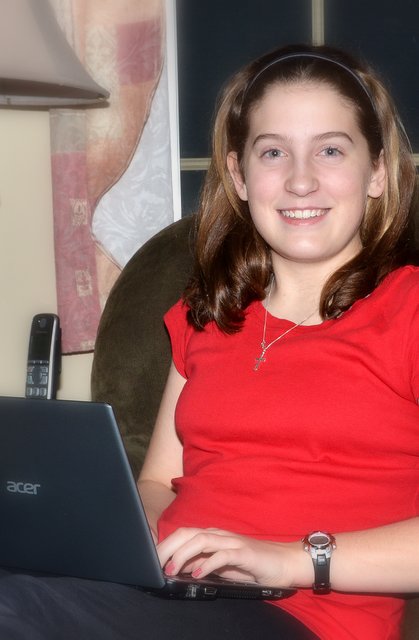

A sweet tale about friendship that gives a glimpse of life in another part of the world, this loving tribute to Beijing is a perfect read-aloud for young travelers. Visit scu.edu/desaisset for details about museum hours and directions.Yang's simple sketches are painted over with bright, bold colors that are sure to keep young eyes exploring every scene, which bustle with cars, bicyclists, and other people enjoying activities both familiar and less typical for Western readers.

The de Saisset Museum is on the Santa Clara University campus, adjacent to the Mission Church. “When I speak to the kids, I try to get them to start asking these questions while their parents are still alive so they can figure out who they are and how they became who they are.” “When I talk to children at schools, I encourage them to go home and ask their parents what music they listened to, when they fell in love, what food they ate as children,” Yang says. Some of the students I’ve talked to, such as Latino students, are surprised to find out that people from other races who arrive in the United States also need green cards.”Īlso part of the museum exhibit are pages from Yang’s graphic memoir, “Forget Sorrow: An Ancestral Memoir,” which shows Yang’s visual records of her parents’ stories about their lives in China. It’s a Chinese immigration story I’ve shared in schools I’ve visited. “We were waiting for our green card which would allow my mother and father to work. “That book is based on my family’s arrival to San Francisco in 1967 on my father’s student visa he wasn’t allowed to work as a student but he had to work to keep the family going,” Yang says. Yang discusses another painting she’d done featuring San Francisco’s Chinatown from “Hannah is My Name,” a picture book she authored and illustrated.

I came home after the Tiananmen Massacre.” Here, I got into the illustration circuit. And then I went to Beijing where I stayed for three years and studied art for about two years.

I also attended Pasadena’s Art Center College of Design and that’s where I found my voice. I went to art school after I graduated from U.C. “When I learn about my parents’ past and listen to their old stories, I learn to understand how my parents’ stories unfolded and made me who I am today,” Yang says. Both Yang and her father’s paintings, along with other images, are now on display at Santa Clara University’s de Saisset Museum in the exhibit Crossing Cultures: Belle Yang, A Story of Immigration, open through Dec. The graves have been dug up and the bones tossed out. Later, communists overtaking China seized the hill and built upon it. Yang explains that the people in her painting are heading up the hill to a family burial ground in Manchuria where eight generations of her father’s ancestors were buried. “Up on Granddaddy Hill,” one of Belle Yang’s many engaging and culturally-rich paintings, was inspired by her father’s painting of Granddaddy Hill.


 0 kommentar(er)
0 kommentar(er)
